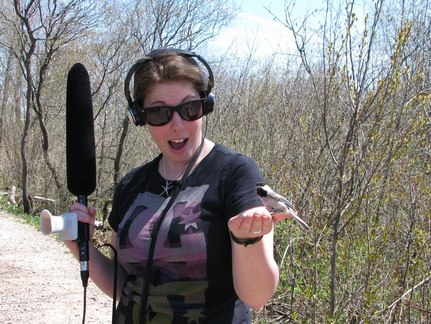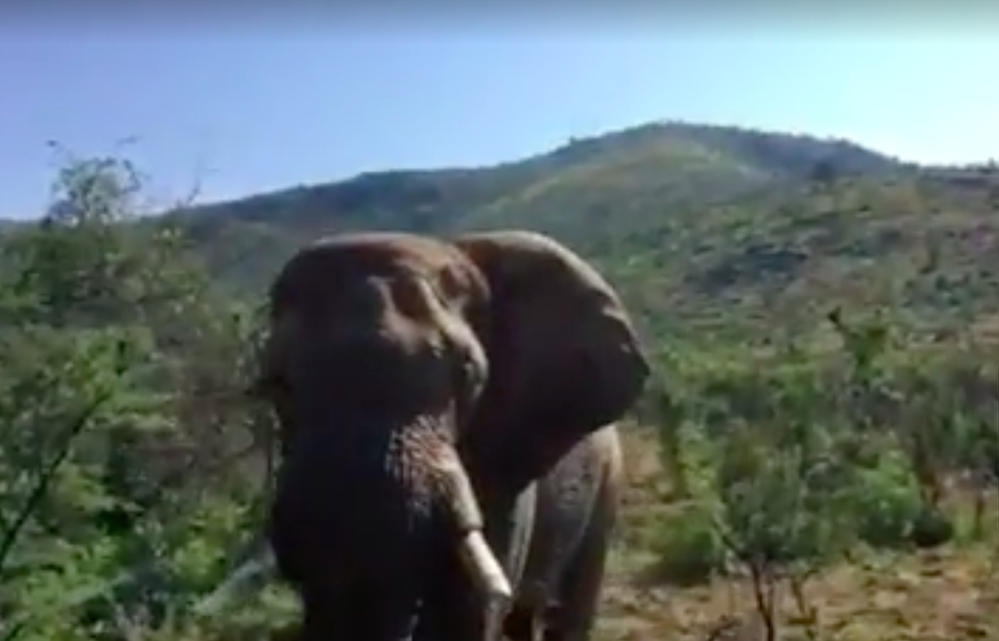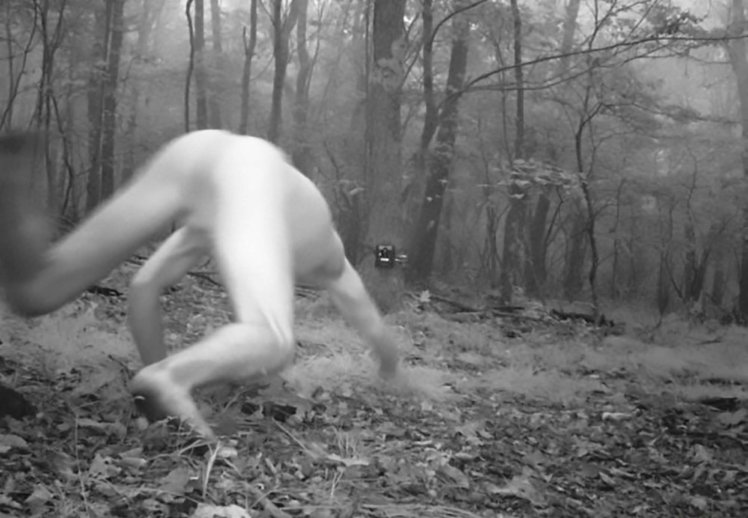Humans and chickadees have something in common: they both understand how other creatures communicate.
Researchers at the University of Alberta studied the vocalizations of a variety of species and found the black-capped chickadee could identify excitement or fear of other critters — even those they’ve never encountered before.
“Black-capped chickadees were also able to identify high arousal in other chickadees, humans and giant pandas,” said Congdon. “This is fascinating, because a chickadee that has never come across a giant panda before is able to categorize high—and low—arousal vocalizations.”
So, both chickadees and humans understand, essentially, how other critters are feeling.
Sounds of intense emotion may be universal language across species, study shows: https://t.co/JcVvz4AmtS #UAlberta #songbirds #science pic.twitter.com/3rBOEjq7yf
— folio (@folioUAlberta) July 10, 2019
The study, Hear Them Roar: A Comparison of Black-Capped Chickadee (Poecile atricapillus) and Human (Homo sapiens) Perception of Arousal in Vocalizations Across All Classes of Terrestrial Vertebrates, was published in the Journal of Comparative Psychology.
The lead author, PhD student Jenna Congdon, found the tiny birds can detect “intense emotions.”
“For instance, a songbird is able to understand the call of distress of a different type of songbird when they are in the presence of a predator, like an owl or a hawk. Or, for example, if your friend scared you and you screamed. Both of these are high-arousal vocalizations, and being able to understand what that sounds like in a different species can be very useful,” she said in a statement.

Experiments involving the birds and people looked at high- and low-arousal sounds of everything from alligators, elephants, pandas, piglets, ravens, macaques and tree frogs to people and chickadees.
Humans nailed the experiments.
Turns out, so did the chickadees.
Only a small group of species are able to do this—humans, songbirds, hummingbirds, parrots, bats, whales and dolphins, and elephants, Congdon said.
Which raises more questions.
“If humans and songbirds show an innate ability to understand the vocalizations of other species, would other vocal learners show this same propensity?” Congdon asked.
Main photo Jenna Congdon




